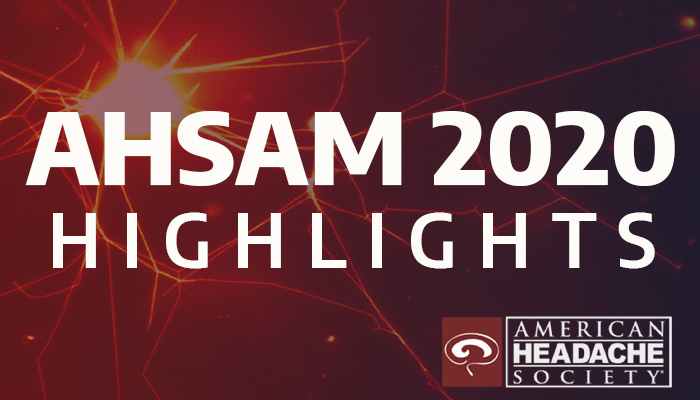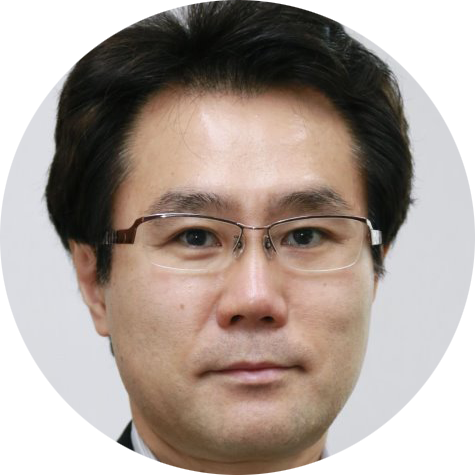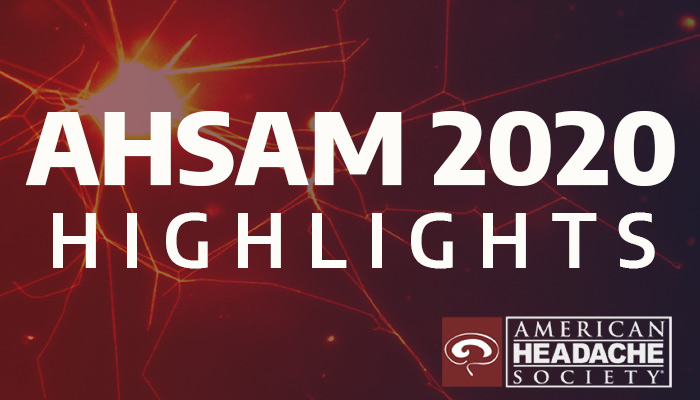

Functional Connectivity in Migraineurs with Photo-, Phono-, Osmophobia: Static and Dynamic Resting-state Functional Magnetic Resonance Imaging Study
This Medfyle was published more than two years ago. More recent Medfyle on this topic may now be available.
Key messages
- Migraine attacks are associated with photo-, phono-, and osmophobia, which may be caused by different pathophysiological mechanisms because they are not present in all migraineurs.
- Static and dynamic resting-state functional connectivities in patients with migraine differed between patients with and without photo-, phono-, or osmophobia.
- Common altered functional connectivity regions in static and dynamic resting-state functional connectivities were seen in patients with photophobia, but not in patients with phonophobia or osmophobia.
Presenting Author
 Noboru Imai, MD, PhD
Noboru Imai, MD, PhD
DIrector
Department of Neurology, Japanese Red Cross Shizuoka Hospital
Shizuoka, Shizuoka, Japan
Dr. Noboru Imai, MD, PhD, is a board certified neurologist of the Japanese Society of Neurology, certified stroke specialist of the Japanese Stroke Society, certified headache specialist of the Japanese Headache Society and certified fellow of the Japanese Society of Internal Medicine. Dr. Imai is the Director of Department of neurology at Japanese Shizuoka Red Cross Hospital. Dr. Imai is the President of the 49th Annual Japanese Headache Society Meeting that will take place in Shizuoka during November 19 (Fri)-20 (Sat), 2021. Dr. Imai’s research focuses on the mechanisms and management of migraine, trigeminal autonomic cephalalgia and medication overuse headache. His studies aim to investigate the clinical features and neuroimaging of headache disorders.
Author disclosures
Noboru Imai, M.D., Ph.D.: I do not have any relevant financial / non-financial relationships with any proprietary interests.




